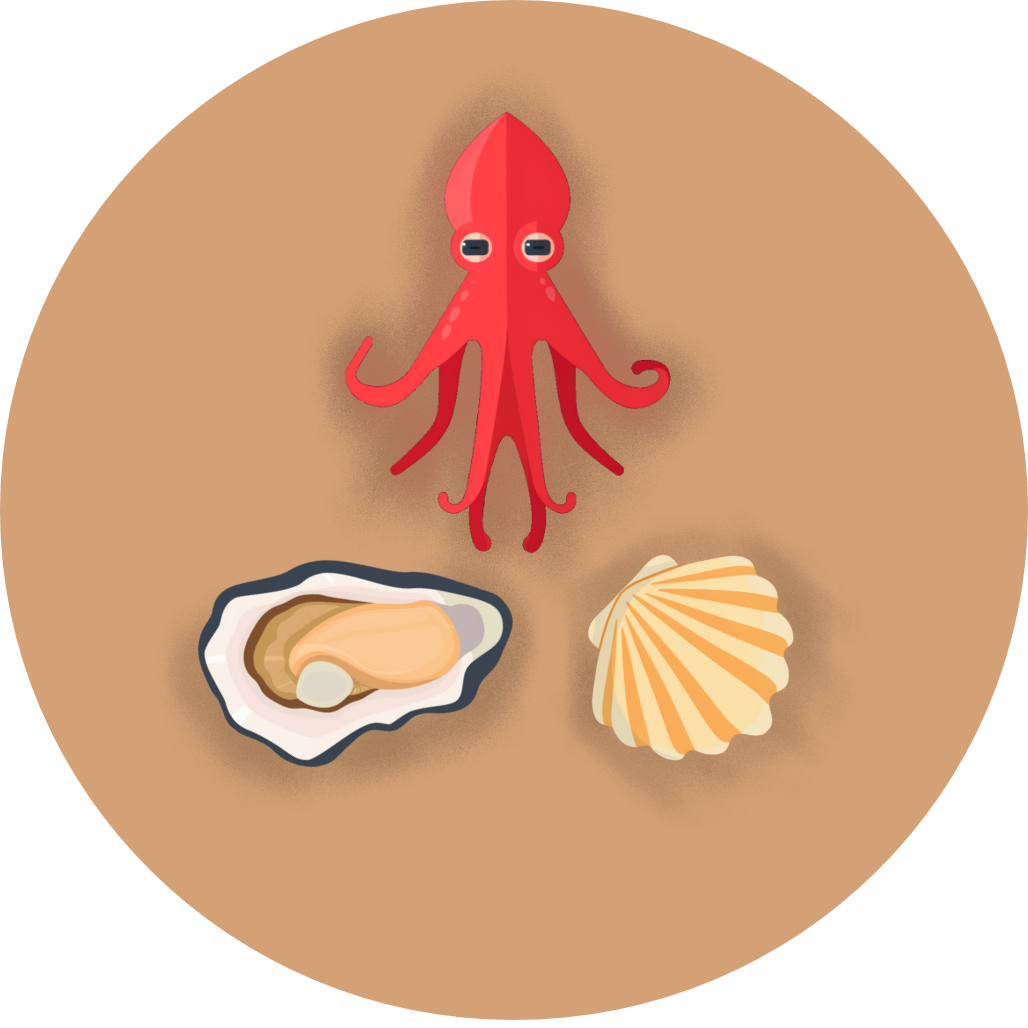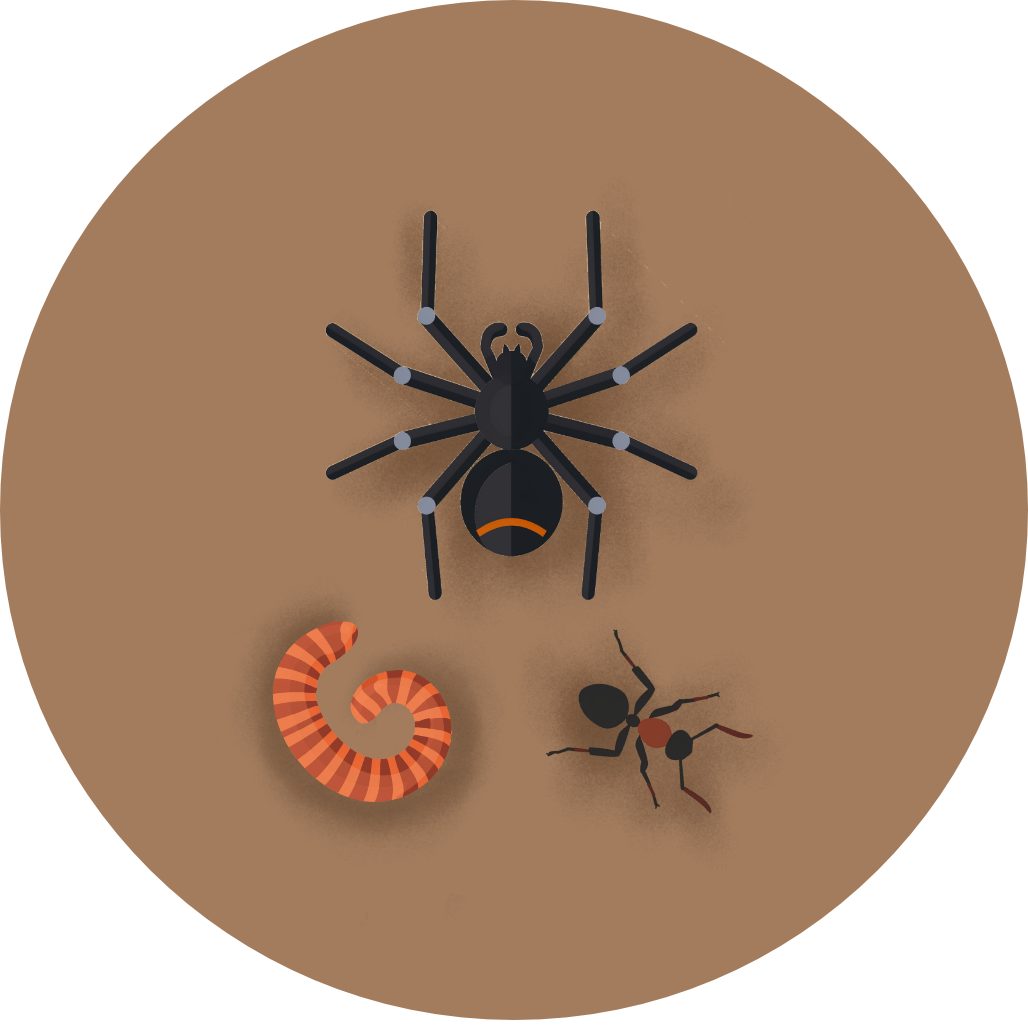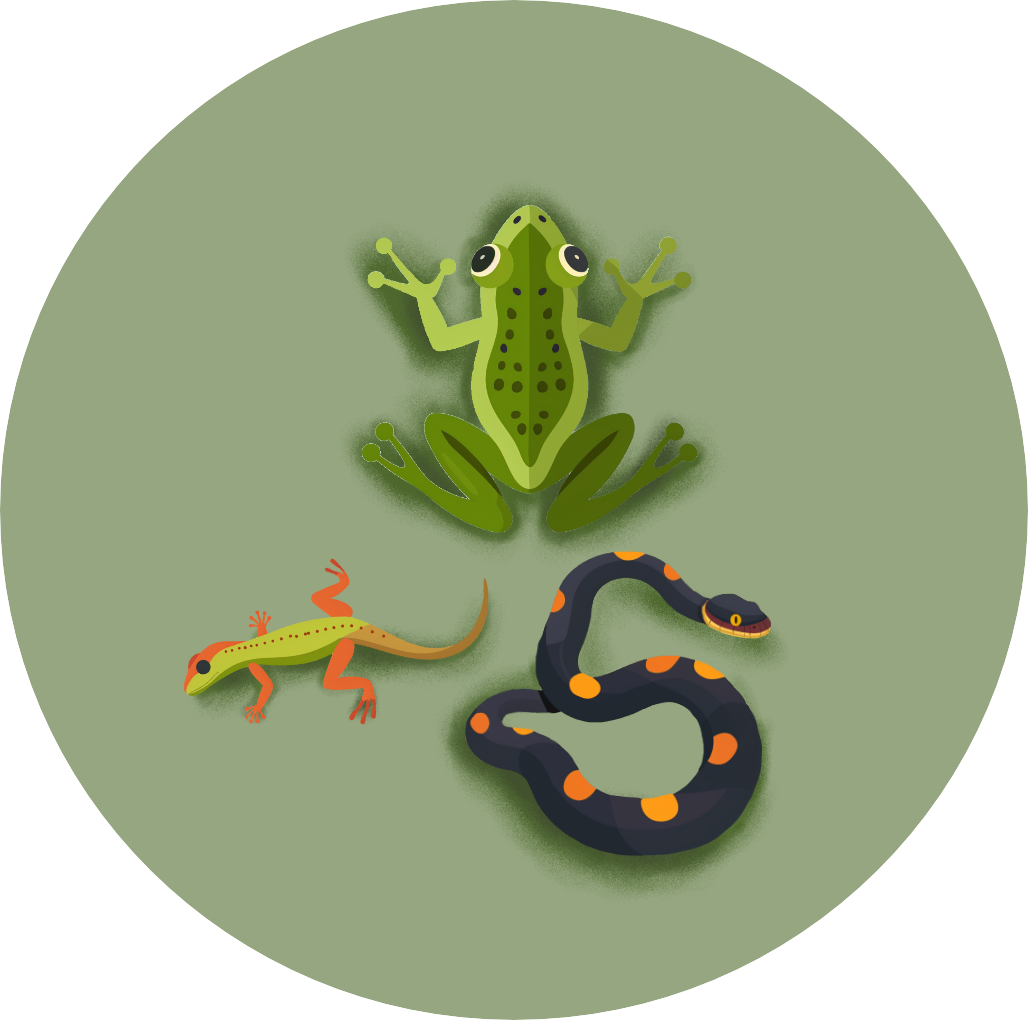
Australasian Bittern
Botaurus poiciloptilus


Botaurus poiciloptilus

The Australasian bittern, known as Matuku hūrepo in Māori, is a large, secretive wetland bird native to New Zealand. It is about the size of a small heron, but with a stocky appearance. With its mottled brown plumage, the bittern is a master of camouflage in its marshy habitat.
1. Mottled brown plumage with buff streaks, excellent for camouflage in wetlands
2. Unique 'freeze' pose with bill pointing straight up when alarmed
3. Deep, booming call often described as similar to a foghorn
Australasian bitterns are solitary nesters, building platform nests in dense wetland vegetation. Breeding occurs from August to December, with females laying 3-5 eggs. They're remarkably adaptable, known to travel up to 15 km between different wetlands seasonally. Unfortunately, these fascinating birds are endangered due to wetland drainage and degradation. Conservation efforts focus on wetland restoration and developing better survey methods to monitor their elusive populations.
Look for Australasian bitterns in densely vegetated wetlands throughout New Zealand, particularly in Northland, Waikato, and the West Coast of the South Island. They're most active at dawn and dusk, often wading through shallow water or lurking at the edges of reedbeds. Listen for their distinctive booming call, especially during the breeding season in spring. Be patient and scan the reeds carefully as they camouflage themselves.
The Matuku hūrepo holds great importance in Māori culture, featuring in legends and early artwork. Historically abundant, it was valued for both food and ceremonial feathers. Today, its rarity has elevated its cultural significance, symbolizing the health of New Zealand's wetland ecosystems.
74 cm
1150 g







Coming Soon!
Top birding locations will be available in a future update.